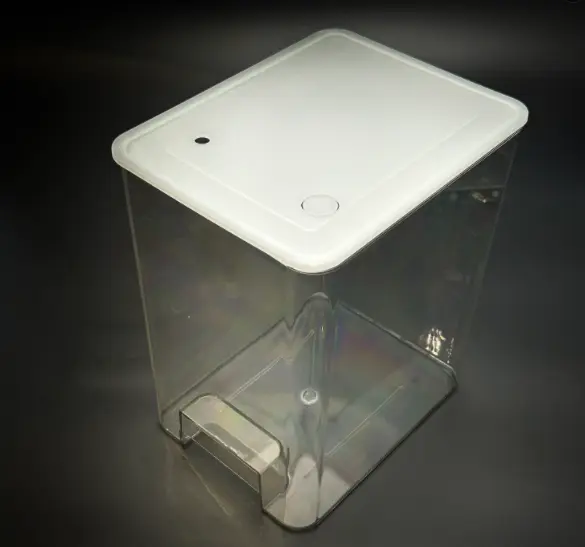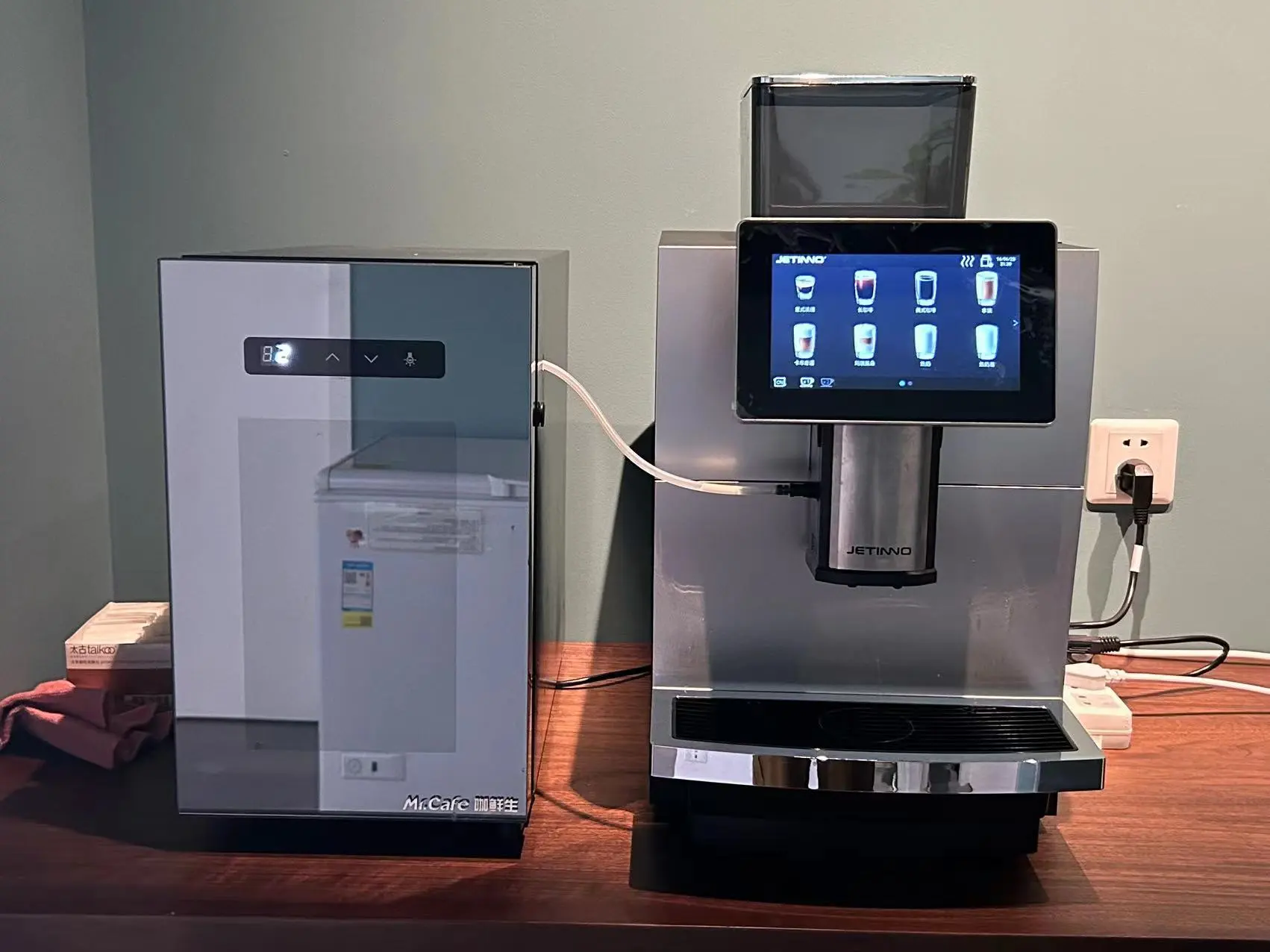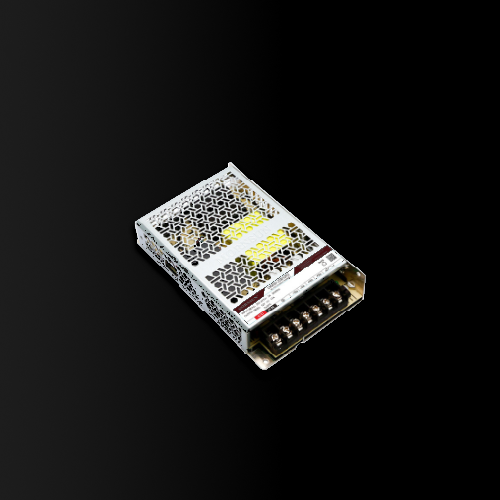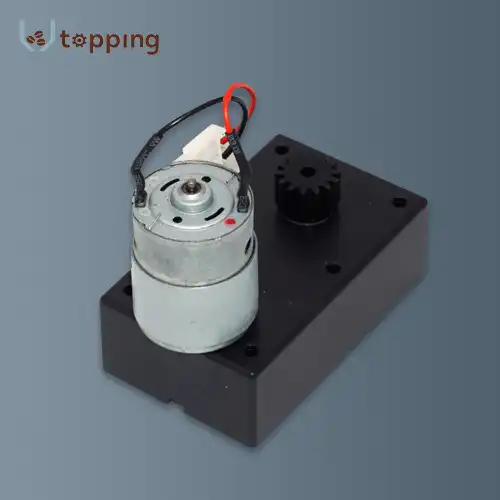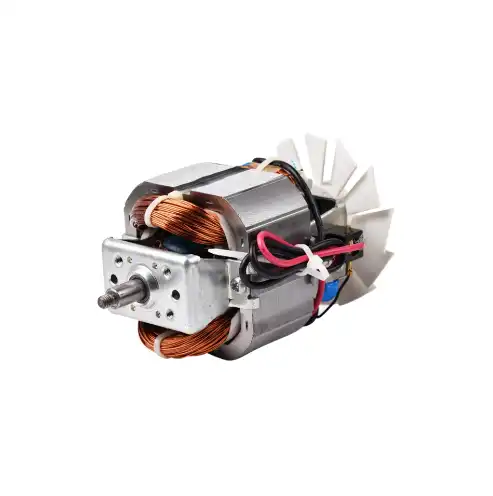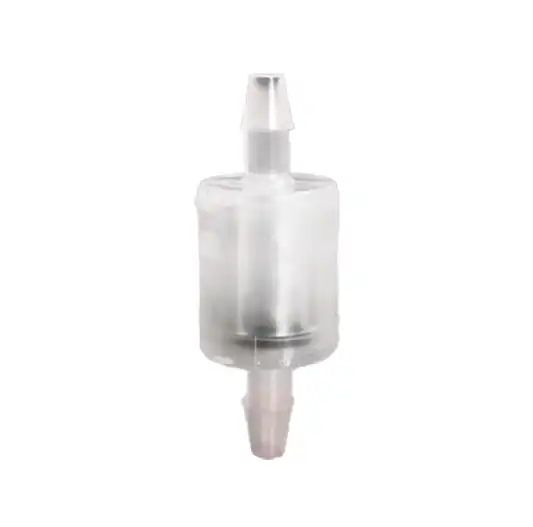How to use a Coffee Vending Machine Ingredient Canisters?
2024-07-04 14:51:31
Introduction
Coffee vending machines are a staple in many workplaces, public areas, and other high-traffic locations. The ingredient canisters within these machines play a critical role in ensuring the consistent quality and availability of coffee beverages. This blog will provide a comprehensive guide on how to use coffee vending machine ingredient canisters, addressing three key questions: How do you fill coffee vending machine canisters? How do you maintain coffee vending machine canisters? What are the common issues with coffee vending machine canisters and how do you resolve them?
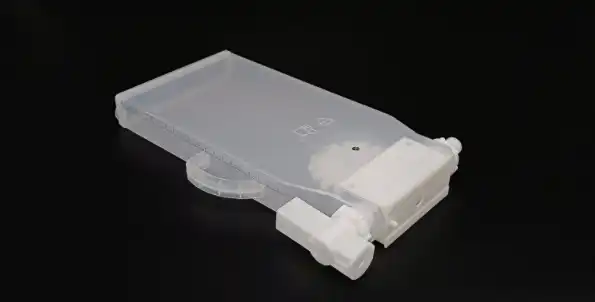
Understanding the Canister System
Before you begin filling the canisters, it’s important to understand how they work within the coffee vending machine. Canisters are designed to hold specific ingredients such as coffee beans, ground coffee, milk powder, sugar, and other additives. Each canister is typically labeled for its intended ingredient, ensuring that the right component is used in the correct part of the machine.
Preparation
To start, gather all necessary ingredients and equipment. You will need fresh coffee beans or grounds, milk powder, sugar, and any other additives the machine uses. Ensure that the vending machine is turned off or in maintenance mode to prevent any accidental dispensing during the refilling process.
Safety First: Make sure the machine is turned off or set to maintenance mode.
Clean Workspace: Clean the area around the machine to avoid any contamination.
Gather Ingredients: Prepare all the necessary ingredients in their respective containers.
Filling the Canisters
Open the Machine: Access the interior of the coffee vending machine where the powder canister is located. This may require a key or code, depending on the machine model.
Remove Canisters: Carefully remove the canisters from their slots. Some machines may have a locking mechanism to keep the canisters in place.
Inspect Canisters: Check the canisters for any signs of wear, damage, or residue from previous fillings. Clean them if necessary.
Add Ingredients: Fill each canister with the appropriate ingredient. Avoid overfilling, as this can lead to dispensing issues. Use a funnel if necessary to prevent spills.
Reinstall Canisters: Place the filled canisters back into their respective slots in the machine. Ensure they are securely in place.
Seal and Lock: Close the machine and ensure it is properly sealed to prevent any contaminants from entering.
Final Steps
Once all the canisters are filled and securely in place, turn the machine back on or exit maintenance mode. Run a test cycle to ensure that the ingredients are dispensing correctly and that the machine is functioning properly.
How Do You Maintain Coffee Vending Machine Canisters?
Regular Cleaning
Regular cleaning is essential to maintain the hygiene and performance of coffee vending machine ingredient canisters. Residue from coffee, milk powder, and other ingredients can build up over time, affecting the taste and quality of the beverages.
Daily Cleaning: Wipe down the exterior of the canisters and the surrounding area with a clean, damp cloth. This prevents the buildup of dust and spills.
Weekly Cleaning: Remove the canisters and wash them with warm, soapy water. Rinse thoroughly and allow them to air dry before refilling. Pay special attention to any crevices or dispensing mechanisms where residue may accumulate.
Inspecting and Replacing Parts
Over time, the parts of the canisters, such as seals and dispensing mechanisms, may wear out. Regular inspection and timely replacement of these parts are crucial to maintain the canisters' effectiveness.
Seals and Gaskets: Check the seals and gaskets for any signs of wear or damage. Replace them if they are no longer airtight.
Dispensing Mechanisms: Inspect the dispensing mechanisms for any clogs or malfunctions. Clean them thoroughly and replace any worn-out parts.
Calibration
Calibrating the dispensing mechanisms ensures that the right amount of each ingredient is used for every cup of coffee. This is crucial for maintaining consistent quality and taste.
Measure Dispensed Ingredients: Use a scale to measure the amount of each ingredient dispensed. Compare this to the machine’s settings.
Adjust Settings: If the measurements are off, adjust the machine’s settings to calibrate the dispensing mechanisms correctly.
Test Runs: Run several test cycles to ensure that the calibration is accurate.
Professional Maintenance
In addition to regular cleaning and inspection, it’s advisable to schedule professional maintenance for your coffee vending machine. A qualified technician can perform a thorough checkup and address any issues that may not be apparent during routine maintenance.
What Are the Common Issues with Coffee Vending Machine Canisters and How Do You Resolve Them?
Clogging
Clogs can occur in the dispensing mechanisms of the powder canister, preventing ingredients from flowing smoothly. This can result from the buildup of residue or the use of ingredients that are too fine or clumpy.
Immediate Action: If a clog occurs, stop the machine immediately to prevent damage.
Clean the Mechanism: Remove the canister and clean the dispensing mechanism thoroughly. Use a small brush to clear any blockages.
Check Ingredient Quality: Ensure that the ingredients used are of high quality and free from clumps.
Inconsistent Dispensing
Inconsistent dispensing can lead to variations in the taste and quality of the coffee. This issue can be caused by improper calibration or worn-out dispensing mechanisms.
Recalibrate: Check the calibration settings and adjust them if necessary.
Inspect Mechanisms: Inspect the dispensing mechanisms for wear and tear. Replace any worn-out parts.
Test Cycles: Run multiple test cycles to ensure consistent dispensing.
Air and Moisture Exposure
Exposure to air and moisture can degrade the quality of the ingredients, leading to stale or spoiled coffee. This can be due to faulty seals or improper handling.
Check Seals: Inspect the seals on the canisters for any signs of damage. Replace them if they are not airtight.
Proper Storage: Ensure that the ingredients are stored in a cool, dry place before being added to the canisters.
Regular Inspection: Regularly inspect the canisters for any signs of air or moisture exposure.
Machine Error Messages
Modern coffee vending machines are equipped with sensors and software that can detect issues with the canisters. Error messages can indicate problems such as empty canisters, clogs, or malfunctioning parts.
Understand the Message: Refer to the machine’s manual to understand the specific error message.
Address the Issue: Follow the recommended steps to resolve the issue, which may include refilling the canisters, cleaning the mechanisms, or replacing faulty parts.
Professional Help: If the issue persists, seek professional maintenance to diagnose and fix the problem.
Conclusion
Using coffee vending machine ingredient canisters correctly is essential for maintaining the quality, consistency, and safety of the coffee served. By understanding how to fill, maintain, and troubleshoot these canisters, you can ensure that your vending machine operates smoothly and delivers great-tasting coffee every time. Regular maintenance and attention to detail are key to prolonging the life of the canisters and the vending machine itself.
References
1.Real Simple. (2023). How to Store Coffee: We Settle the Pantry vs. Freezer Debate. Retrieved from Real Simple.
2.Taste of Home. (2018). How to Make a Good Cup of Coffee (8 Tips from a Barista). Retrieved from Taste of Home.
3.Tasting Table. (2022). Why It's So Important To Store Cold Brew Coffee In An Airtight Container. Retrieved from Tasting Table.
4.Food Revolution Network. (2024). Food Storage & Preservation: How To Store Food Properly. Retrieved from Food Revolution Network.
Send Inquiry
Related Industry Knowledge
- Vending Machine Cup Dispenser Mechanism
- What are the Specification parameters of vending machine touch screen?
- How has the Vending Machine Camera technology developed over time?
- How does a coffee brewing Unit work?
- Is it necessary to have a Coffee Vending Machine Ingredient Canisters?
- What is a Coffee Machine Pump?
- Vending machine board repair service
- Do vending machines have cameras inside
- How Do Coffee Vending Machine Mixing Systems Ensure Consistent Flavor?
- What is a Vending Coffee Machine Water Tank?

